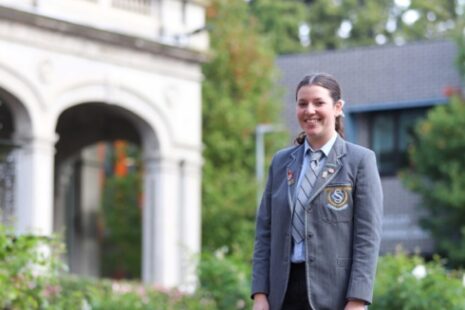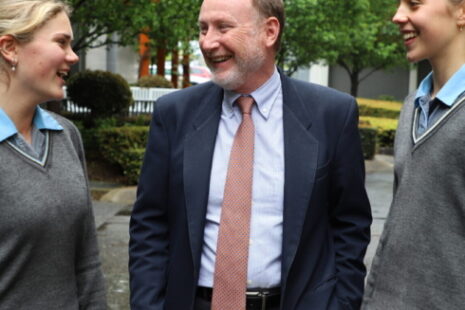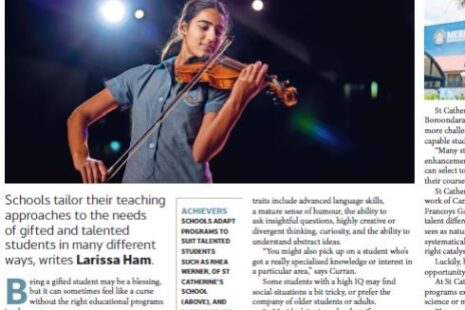Benefits of a personalised learning approach

We acknowledge and accept that all children are not the same. They grow and develop at different rates, some take longer to walk and talk than others, some are quite independent, while others require a bit more support. As children do not all develop at the same pace, it would be unreasonable to operate under the premise that once they commence school, they all begin to learn at the same rate and at the same stage. This becomes more untenable when we consider that there can be over a year’s difference in ages within the one class. To manage for the various levels of learning, a personalised learning approach is both valuable and beneficial.
A personalised learning approach acknowledges that children learn differently, and that at any given year level, there may be children at different levels of learning (Miliband, Chapter 1, 2006). Some children commence school already reading while some are just starting to understand that there is a correlation between the letter-symbol and its sound.
 These differing learning levels need to be catered to differently. The best practice approach is to personalise learning to meet the needs of each student. In this way, students are progressing at their pace along the learning continuums, which are the typical phases students go through in learning and are different for each of the key subject areas. Continuums set out the usual path learners take to develop knowledge and application skills for each subject area, with the understanding that there are key knowledge and skill factors that need to be developed as prerequisites for the next stage of learning.
These differing learning levels need to be catered to differently. The best practice approach is to personalise learning to meet the needs of each student. In this way, students are progressing at their pace along the learning continuums, which are the typical phases students go through in learning and are different for each of the key subject areas. Continuums set out the usual path learners take to develop knowledge and application skills for each subject area, with the understanding that there are key knowledge and skill factors that need to be developed as prerequisites for the next stage of learning.
Teaching is complex. It involves knowing students well, knowing where they are positioned on their learning continuum and developing plans for the next stage of learning for each student. This is what transpires in engaging and quality classrooms.
Teachers use a range of formative assessment strategies to continually determine where a student’s learning is positioned and at which level they are performing within this stage. “The goal of formative assessment is to monitor student learning to provide ongoing feedback that can be used by instructors to improve their teaching…” (Eberly Centre, Carnegie Mellon University). The information gathered through this assessment enables teachers to analyse students’ work for progress made, gaps in understanding or misconceptions which informs planning. This often results in students working in like-ability groups where they are working at their learning level. These groups are fluid and, while all students are progressing within the group, some progress faster and move to the next learning level. Some students require more time to grasp new learning while some students grasp it quickly but need time to consolidate and show application of new learning. 
To accommodate those students working above year level expectations, extension lessons in Mathematics (Number and Algebra) and English (Reading and Writing) have been developed where these students progress to the next year level for instruction in these subject areas. In Years 5 and 6, students in Extension groups work with a Senior School Maths Teacher, and for English they work with Mrs Requin and Ms McArdle in the areas of writing and reading respectively.
At St Catherine’s we aim for excellence in all areas of teaching, and a personalised approach delivers best practice for the learning development of all students.
References
- Eberly Centre, Carnegie Mellon University, https://www.cmu.edu/teaching/assessment/basics/formative-summative.html
- Miliband, D (2006) Schooling for Tomorrow Personalising Education – OECD – Google Books





